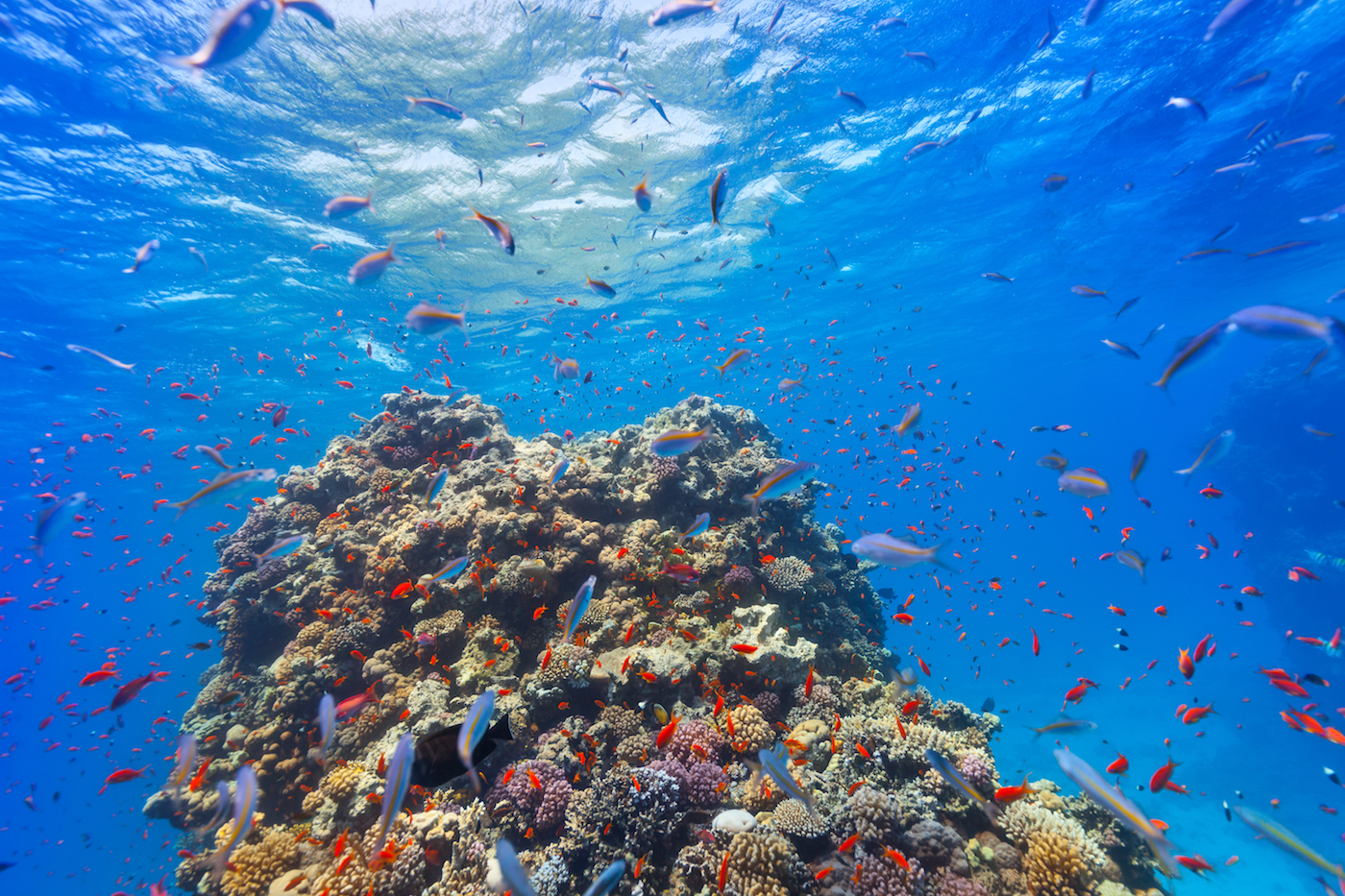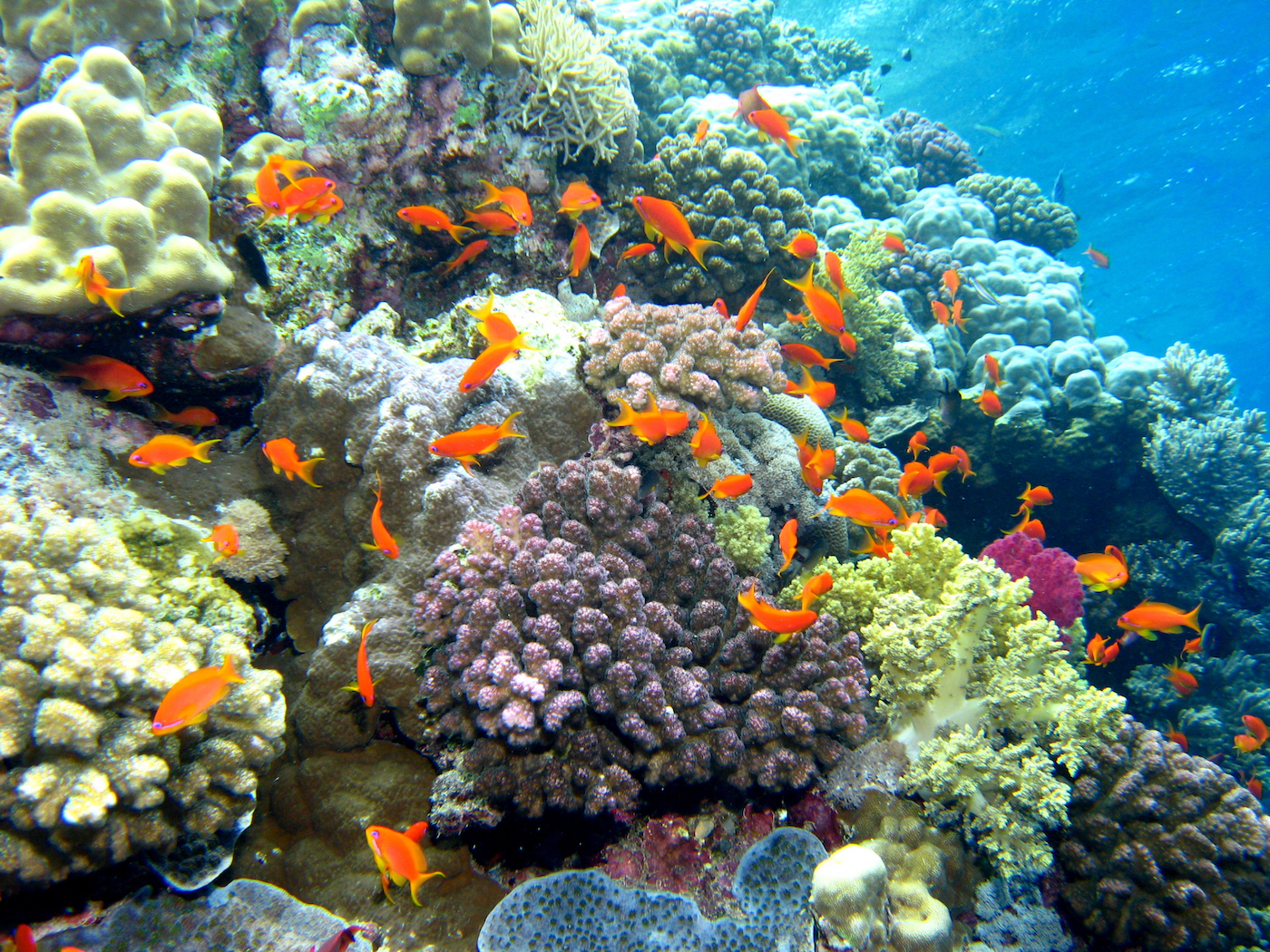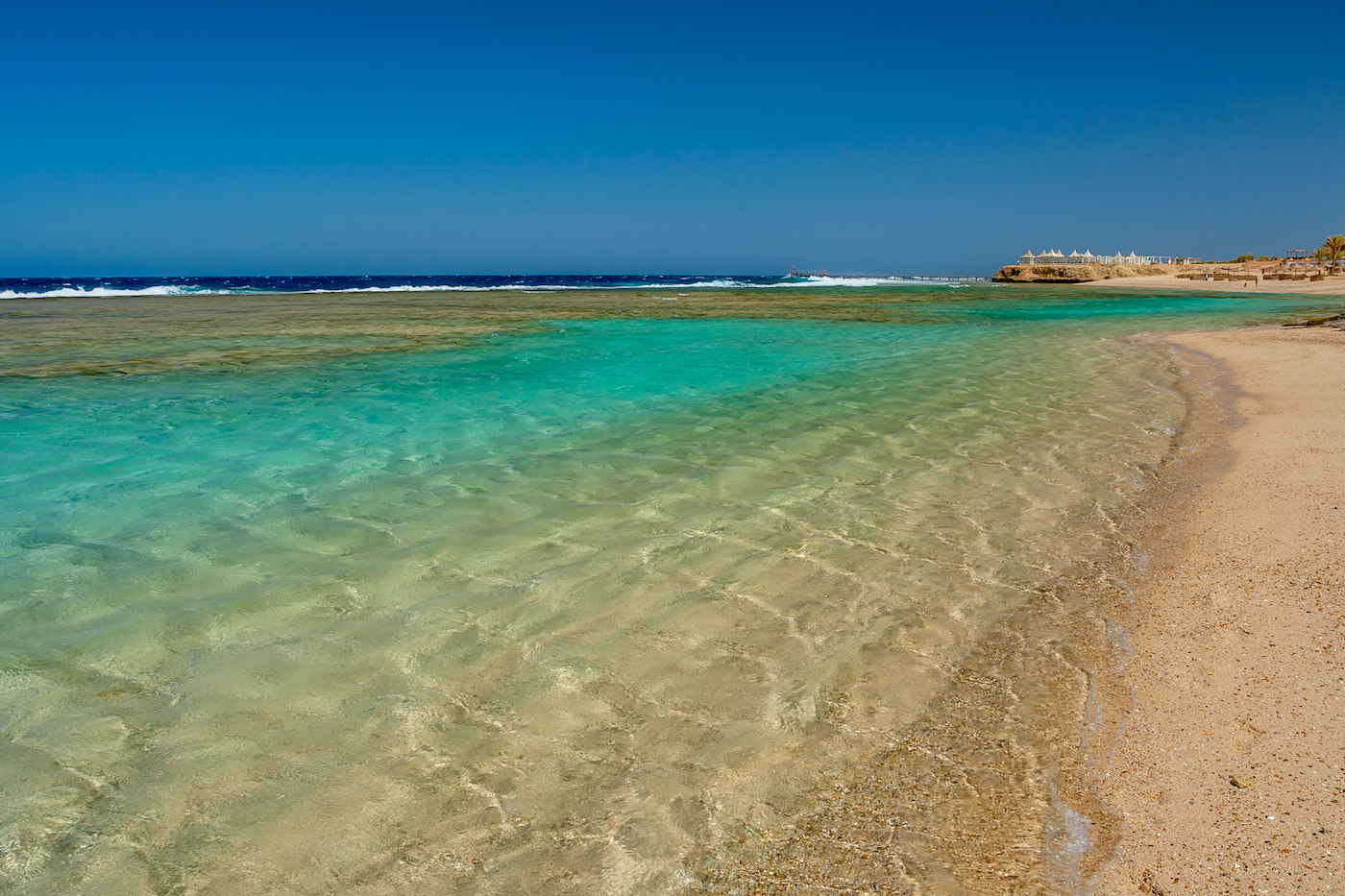Scientific paper details marine spatial planning at Red Sea Project

KAUST scientists and an international team of researchers recently authored a paper in the journal Frontiers in Marine Science detailing marine spatial planning at the Kingdom's ambitious Red Sea Project. Image courtesy of Shutterstock.
A paper detailing the marine spatial planning simulation that informed master planning of The Red Sea Project, the world's most ambitious tourism development, was recently published in the journal Frontiers in Marine Science.
KAUST scientists and an international team of researchers authored the paper, including researchers from the National Technical University of Athens and the University of Thessaly. Executives from The Red Sea Development Company (TRSDC), the master developer behind the project, also contributed to the paper.
The paper describes how the research team used marine spatial planning to generate net positive conservation outcomes for the 2,081 km2 Al Wajh lagoon through the development of The Red Sea Project. The lagoon, which includes 92 islands, features valuable habitats, including coral reefs, seagrasses and mangroves that are home to several species of global conservation importance.

Pictured here is an aerial view of the Red Sea. Image courtesy of Shutterstock.
Enhancing conservation
"TRSDC has committed to setting a new global standard in sustainable development and to sharing our learnings with the world," stated John Pagano, CEO of TRSDC and a co-author of the paper. "The results of this study demonstrate that, through careful design and planning, coastal development has the potential to enhance—rather than jeopardize—conservation."
"Coastal development and marine conservation have traditionally been antagonistic goals, given that coastal development typically alters ecosystems and increases stress on the marine environment," added Carlos Duarte, KAUST professor of marine science and the Tarek Ahmed Juffali research chair in Red Sea ecology at the University's Red Sea Research Center.
Duarte led the marine spatial planning exercise and is also a member of TRSDC's advisory board.
"Our study challenges the status quo by demonstrating that development vs. conservation is a false dichotomy and that, by embracing conservation as a primary goal from the outset, stakeholders involved in sustainable development can successfully build on development to propel benefits for conservation and the environment to deliver net positive economic, social and conservation impact," he continued.

The Red Sea is home to many species of marine organisms, such as fish and different types of corals. File photo.
Benefiting ecology
The marine spatial planning exercise is an integral part of TRSDC's development approach. It is intended to benefit the ecological state of the destination by achieving conservation outcomes superior to those of a "business as usual" scenario for an undeveloped site. The paper targets a net conservation benefit of 30 percent, which exceeds the level of protection that might be expected from designating the entire lagoon as a Marine Protected Area.
The research team tested five conservation scenarios and used the results to develop a three-layer conservation zoning model to achieve conservation outcomes equivalent to the "business as usual" scenario in the presence of development.
The team then designed additional actions to remove existing pressures. Measures include beach cleaning campaigns; the regulation of fisheries to rebuild fish stocks; the expansion of biologically diverse habitats, such as mangroves, seagrass and coral reefs, by 30 percent; and the use of electric-only marine and land vehicles to avoid pollution and noise.
Some of these measures are already underway. Last year, TRSDC announced a Marine Debris Clean-up Program, which includes an initiative to hire people from the local population to conduct regular beach cleaning activities and mitigate the impact of marine litter originating outside the area's boundaries.
TRSDC is also preparing a comprehensive plan for enhancing coral reefs, which includes the creation of multiple coral nurseries to interbreed corals with different degrees of tolerance for temperature.

Pictured here is a coral reef in the Red Sea. File photo.
A novel coastal development plan
The master plan for the development conserves 58 percent of the marine area of the site, with the development footprint being only 5 percent of the total area. The resulting conservation to development ratio of 10:1, the paper notes, is unprecedented in any documented coastal development plan.
Both the development zone and the area not assigned (37 percent of the marine area) will be subject to strict conservation and sustainability guidelines.
The paper concludes that the involvement of a multidisciplinary team for scientists and developers was central to the success of the marine spatial planning simulation. The active participation of the development team with the environmental team avoided impacts through every step of the design process.

Pictured here is a beach resort on the Red Sea's coast. The Red Sea Development Company (TRSDC), the master developer behind Saudi Arabia's Red Sea Project, is 'committed to setting a new global standard in sustainable development,' said John Pagano, CEO of TRSDC. Image courtesy of Shutterstock.
Development and conservation combined
By taking a holistic view of the area and working collaboratively to allocate space for development and conservation, the team ensured that development designs excluded any possible impact that could be avoided. This proved a more effective approach than the workflow in conventional development, where the environmental impact assessment is generally conducted after development design is complete.
"Conservation is at the root of sustainable development," Pagano said. "We believe that this innovative approach to destination design—[which is] grounded in marine spatial planning—can create a new relationship between tourism and the natural environment in the 21st century."
Related stories:
- Marine life can be rebuilt by 2050
- KAUST secures expertise from The Red Sea Development Company
- Helping corals survive in the Red Sea
-
Explorers reach the deepest point in the Red Sea

